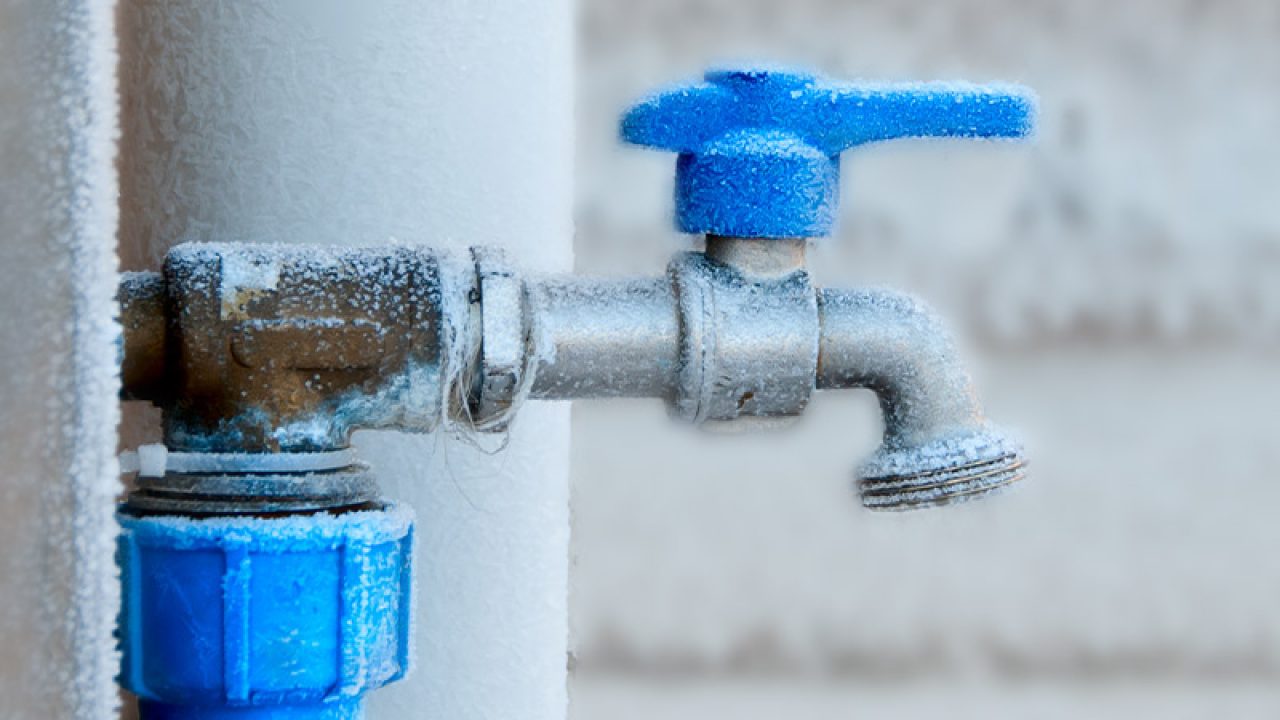Essential Tips to Avoid Frozen Pipes in Cold Weather: Expert Guidance
Essential Tips to Avoid Frozen Pipes in Cold Weather: Expert Guidance
Blog Article
Just how do you feel about Preventing and dealing with frozen pipes?

Winter can ruin your pipes, especially by freezing pipelines. Below's just how to stop it from happening and what to do if it does.
Introduction
As temperatures decline, the risk of icy pipelines increases, potentially leading to costly repairs and water damages. Recognizing exactly how to prevent frozen pipes is crucial for property owners in cold climates.
Prevention Tips
Insulating at risk pipelines
Cover pipelines in insulation sleeves or utilize heat tape to secure them from freezing temperature levels. Focus on pipes in unheated or outside locations of the home.
Home heating techniques
Maintain indoor spaces effectively heated, particularly areas with plumbing. Open cupboard doors to enable warm air to flow around pipes under sinks.
How to determine icy pipes
Search for lowered water circulation from taps, unusual odors or noises from pipes, and visible frost on exposed pipelines.
Long-Term Solutions
Architectural modifications
Think about rerouting pipes far from outside walls or unheated locations. Include added insulation to attics, cellars, and crawl spaces.
Updating insulation
Invest in top quality insulation for pipelines, attics, and walls. Proper insulation assists preserve regular temperature levels and decreases the threat of icy pipes.
Safeguarding Exterior Plumbing
Garden pipes and outside faucets
Disconnect and drain pipes garden hose pipes before winter months. Install frost-proof faucets or cover exterior faucets with insulated caps.
Understanding Icy Pipes
What creates pipelines to ice up?
Pipes ice up when revealed to temperatures listed below 32 ° F (0 ° C) for expanded periods. As water inside the pipes freezes, it broadens, taxing the pipe wall surfaces and possibly creating them to burst.
Risks and damages
Frozen pipes can lead to water disruptions, building damage, and costly repair services. Burst pipes can flooding homes and trigger substantial structural damage.
Indications of Frozen Pipes
Determining icy pipes early can avoid them from bursting.
What to Do If Your Pipelines Freeze
Immediate actions to take
If you believe frozen pipes, keep taps open to eliminate pressure as the ice melts. Make use of a hairdryer or towels soaked in hot water to thaw pipes gradually.
Final thought
Stopping frozen pipelines requires positive measures and fast responses. By recognizing the causes, signs, and preventive measures, homeowners can safeguard their pipes during winter.
5 Ways to Prevent Frozen Pipes
Drain Outdoor Faucets and Disconnect Hoses
First, close the shut-off valve that controls the flow of water in the pipe to your outdoor faucet. Then, head outside to disconnect and drain your hose and open the outdoor faucet to allow the water to completely drain out of the line. Turn off the faucet when done. Finally, head back to the shut-off valve and drain the remaining water inside the pipe into a bucket or container. Additionally, if you have a home irrigation system, you should consider hiring an expert to clear the system of water each year.
Insulate Pipes
One of the best and most cost-effective methods for preventing frozen water pipes is to wrap your pipes with insulation. This is especially important for areas in your home that aren’t exposed to heat, such as an attic. We suggest using foam sleeves, which can typically be found at your local hardware store.
Keep Heat Running at 65
Your pipes are located inside your walls, and the temperature there is much colder than the rest of the house. To prevent your pipes from freezing, The Insurance Information Institute suggests that you keep your home heated to at least 65 degrees, even when traveling. You may want to invest in smart devices that can keep an eye on the temperature in your home while you’re away.
Leave Water Dripping
Moving water — even a small trickle — can prevent ice from forming inside your pipes. When freezing temps are imminent, start a drip of water from all faucets that serve exposed pipes. Leaving a few faucets running will also help relieve pressure inside the pipes and help prevent a rupture if the water inside freezes.
Open Cupboard Doors
Warm your kitchen and bathroom pipes by opening cupboards and vanities. You should also leave your interior doors ajar to help warm air circulate evenly throughout your home.

I stumbled upon that entry about Preventing and dealing with frozen pipes when doing a search on the web. For those who enjoyed reading our blog entry kindly don't forget to share it. Bless you for being here. Revisit us soon.
Call Report this page